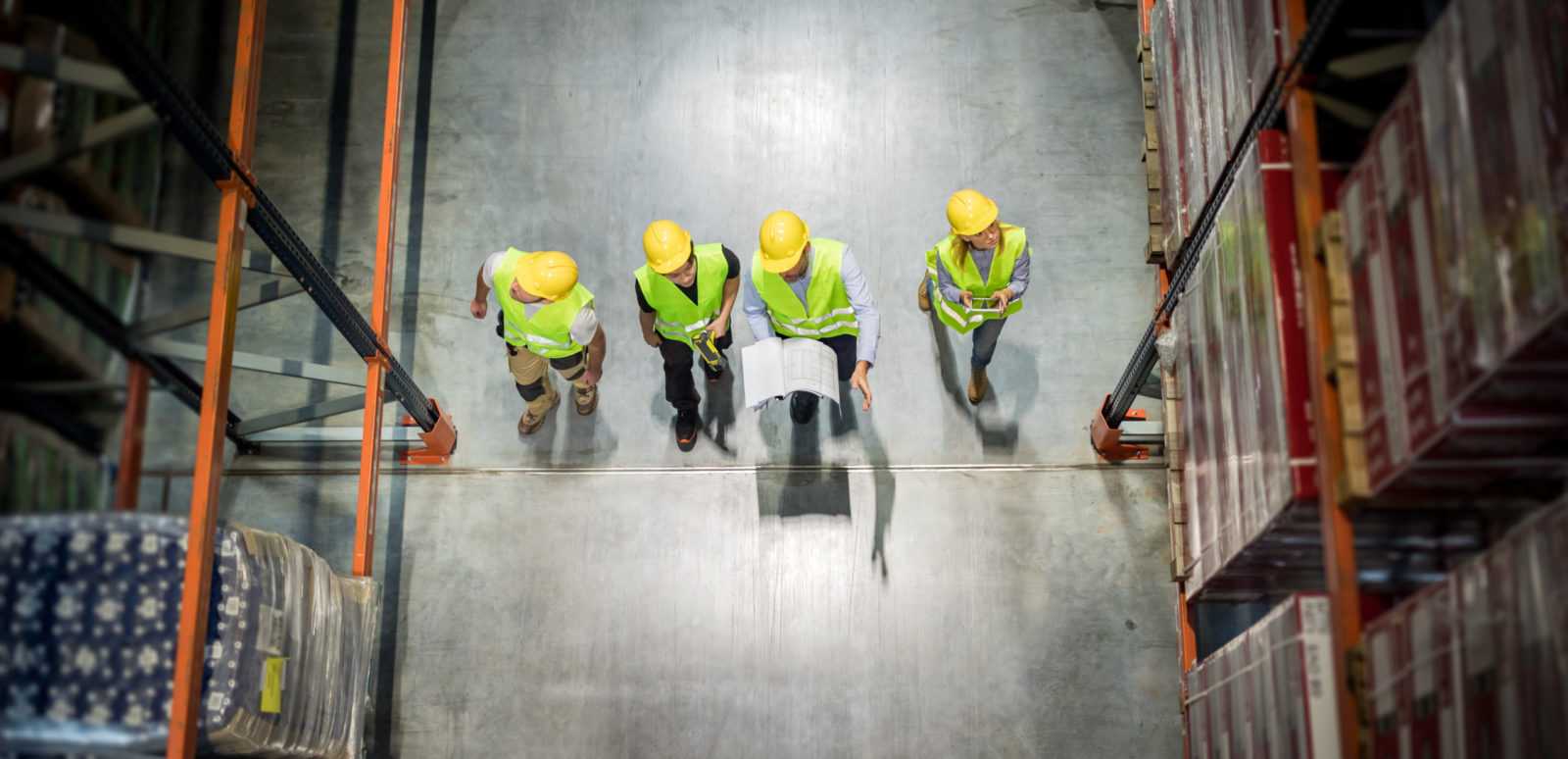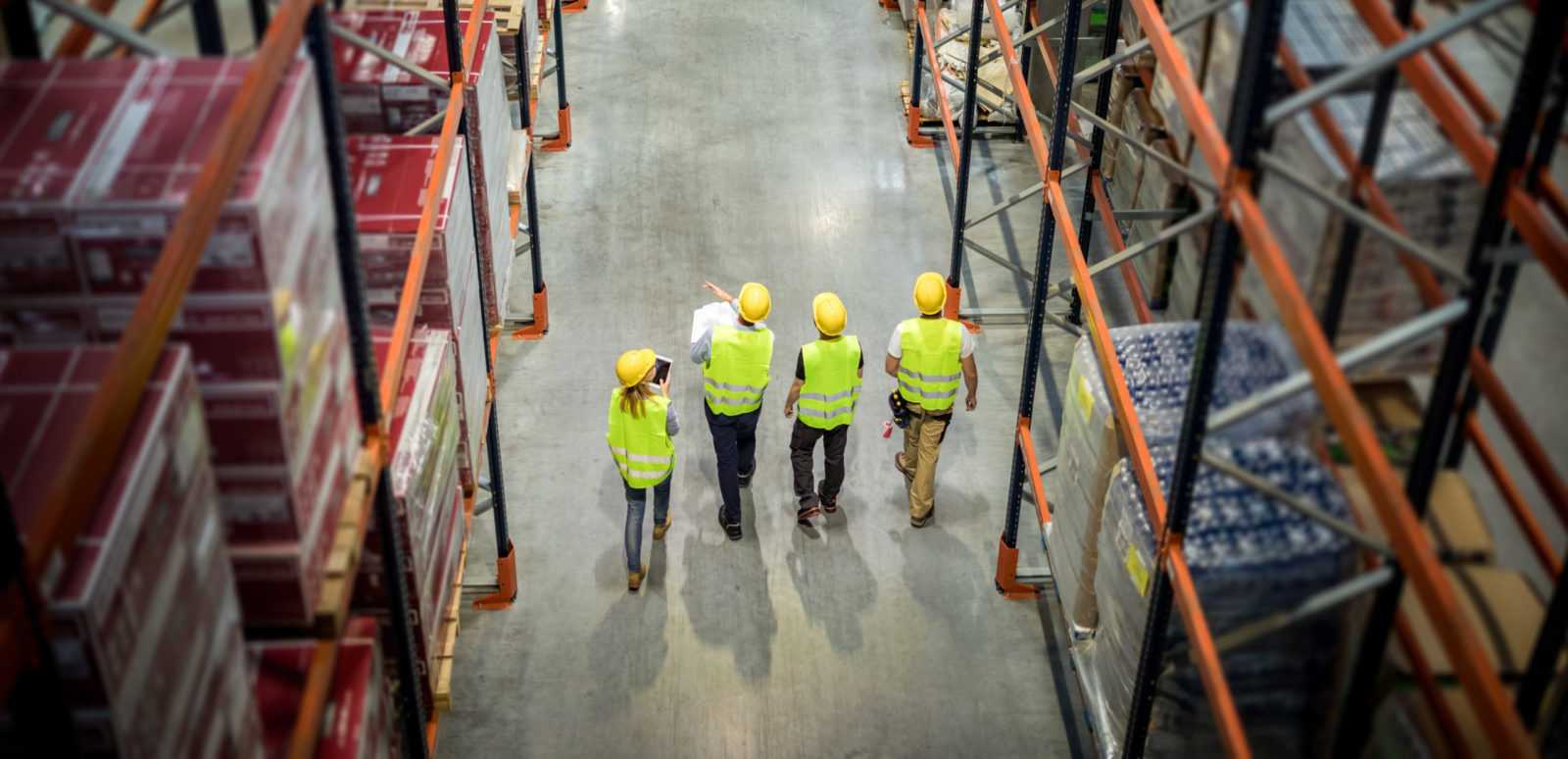We Caught up with Managers at Four Large Warehouses…

Myself and one of our WMS experts recently toured four large warehouses in the mid-South area of the United States that all service various industries. As my colleague and I walked through these impressive facilities, we talked with managers about the current issues they are facing. There were reoccurring themes in our conversations, including supply chain disruptions and labor shortages. The importance of technology was also reinforced via the increased importance of automation and top-tier warehouse management systems. Let’s discuss the challenges and opportunities these warehouses face, and how they are faring overall in today’s unpredictable supply chain.
____________________________________________________________________________________________

We visited a large consumer electronics manufacturer that is currently engaged in an enterprise-wide Blue Yonder WMS upgrade, and running at roughly half-capacity due to the electronic component shortage. Another shortage they are struggling with is manpower/labor, while having to pay markedly higher wages to workers compared to pre-Pandemic.
Order-fill rates are low due to the inability to get enough electronic components from suppliers, and yet despite the high number of compliance fines from not meeting VBA (Vendor Buyer Agreement) service levels this manufacturer remains profitable.
The warehouse manager we talked with lamented that shipping containers coming over from Asia have skyrocketed in cost by 600 percent of the pre-Pandemic price, and he added that ships are being so overloaded that these expensive containers are often tumbling off into the drink.
The good news? The decrease in supply has created demand so strong that they have been drastically cutting back on marketing, to the tune of nearly 100 million US dollars. Employee profit sharing at this company has more than doubled!
____________________________________________________________________________________________

Next up we have a large private electronic components distributor with a strategic, forward-thinking owner. This particular warehouse has automated 80 percent of their operations, which has helped them weather the current labor shortage with very minimal impact and that includes not incurring order fill-rate or late shipment penalties. Rather than bragging about “miles of conveyor”, the warehouse manager we chatted with touted their efficiency and on-time delivery rates.
This private company does invest significant capital in acquiring and storing electrical components speculated to be in manufacturing demand down the road. During a time where the supply chain is in disarray, they can ship these components to customers instantly. The warehouse manager said that they indirectly benefited from increased home electronics demand caused by nearly everyone being forced to stay at home.
They have received free trade zone status in an effort to reduce the negative impacts of trade-war tariffs imposed on inbound international shipments. This was key to keep their operations in the United States.
Their Covid practices were adopted from the company’s Singapore distribution center, a location staffed with veterans of various pandemics over the years including Swine and Bird flus as well as SARS.
____________________________________________________________________________________________

We also checked in with a huge communications and entertainment company that has been around a long time, and who successfully combatted the labor shortage by keeping skilled veteran employees via “non-crazy hours” and good overall treatment.
This warehouse has experienced major WMS issues of late. Technicians were not coming on-site during the Pandemic to support hardware like tag printers and scanners, but a far worse problem is that they continue to lose more order volume and other operations due to a recently installed tier-3 WMS (Warehouse Management System) which doesn’t support the required functionality to handle their needs and volume – and thus also prevents them from expanding. Their WMS woes list includes:
- Managers being forced to manually assign user tasks versus autonomous task interleaving algorithms found in a tier-1 WMS
- No emergency replenishment functionality exists
- Monthly outages due to WMS maintenance
- Dated and confusing green screen GUI which requires extra work as opposed to a newer web-based interface
- Collateral items must be tracked as four-wall inventory
- WMS doesn’t allow them to correct pick errors without following lengthy, convoluted process that forces them to ship to customer
- Communication between WMS and their automation systems often results in interface errors
Outside of hardships related to the WMS not being up to the task, the receiving manager mentioned that inbound ASN (advance ship notice) transactions appear to be more problematic now than in the past – which could mean this customer’s suppliers are currently battling issues themselves.
____________________________________________________________________________________________

Finally, we toured a shiny-new greenfield site that belongs to a well-known outdoor products manufacturer which has both direct-to-consumer and retail channel distribution. A top tier WMS was selected because it must be able to handle large inventory volumes as well as future expansion; extremely high order volumes are expected in October and November after the site goes live.
The labor shortage has made it difficult to adequately staff their new warehouse since automation is strictly limited to picking, pallet consolidation, and floor loading shipping operations. As they have narrow aisles, they are using wire-guided lifts for pallet picks and replenishments – and this lift automation becomes even more critical in light of the recent labor and skillset shortages as it results in less accidents and product damage.
Large capital investment projects like this location are still being undertaken post-Pandemic, though certainly the designs of these newly built warehouses are different than what they would be even a few years ago as the way consumers buy products – and the supply chain itself overall – has changed. Rather than focusing on shipping to retailers, the Pandemic saw a drastic increase in the volume of direct-to-consumer business and this was taken into account when the warehouse was constructed.
An interesting side note on this warehouse is that they opted in favor of pick-by-vision over voice picking.

Does any of the above line up with what you are hearing in warehouses and distribution centers today? Let us know!
This post was written by:

James Prior Sales Ops Manager James has been working in software pre-sales and implementation since 2000, and more recently settled into working with a pre-sales team and occasionally writing blog posts. Drop him a line at: james.prior[at]tryonsolutions[dot]com.
Recommended Content
A Guided Tour of Supply Chain Execution Systems
Supply Chain Execution (SCE) systems are behind the process workflows of goods going from procurement to delivery in the supply chain. SCE comes after Supply Chain Planning (SCP), and both are under the umbrella of Supply Chain Management (SCM) systems. In this...
WMS Go Live Checklist Download
Keep in mind that this checklist is a starting point. Adapt it to fit your WMS project's specific needs. Understand your project's unique requirements and customize the checklist accordingly.
Performance Testing Your Warehouse Management System
We’ve made the case for automated testing in various blog articles with a regression testing focus, but we can’t neglect the importance of performance testing. It’s critical for warehouses to determine for their supply chain systems an answer to the question: At what...
Top 5 Ways You Could Botch Your Next WMS Go Live
Are things running too smooth? Have you had it too easy in the supply chain world these days, and want to challenge yourself by botching a warehouse management systems go live? Certainly technology has evolved to the point where we can simply press a button and have...
13 Burning Questions for a Pioneer in Warehouse Modernization
Trevor Blumenau is a professional engineer with a master’s degree in robotics from UC Berkeley and has 25 years of R&D experience in warehouse/manufacturing processes, controls, and innovation. Trevor founded Voodoo Robotics to modernize warehouse operations by...
